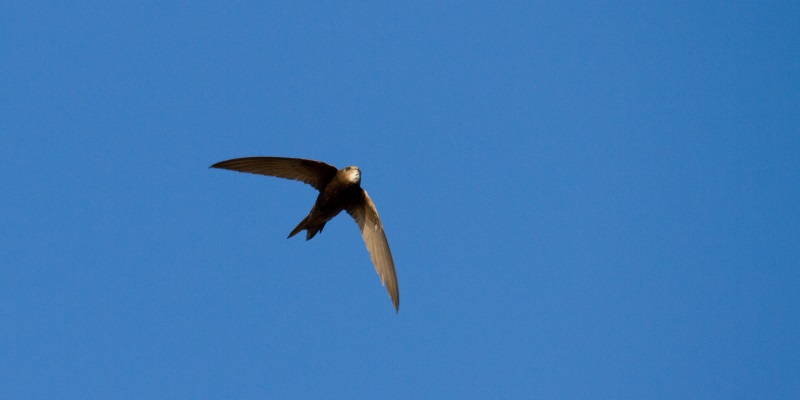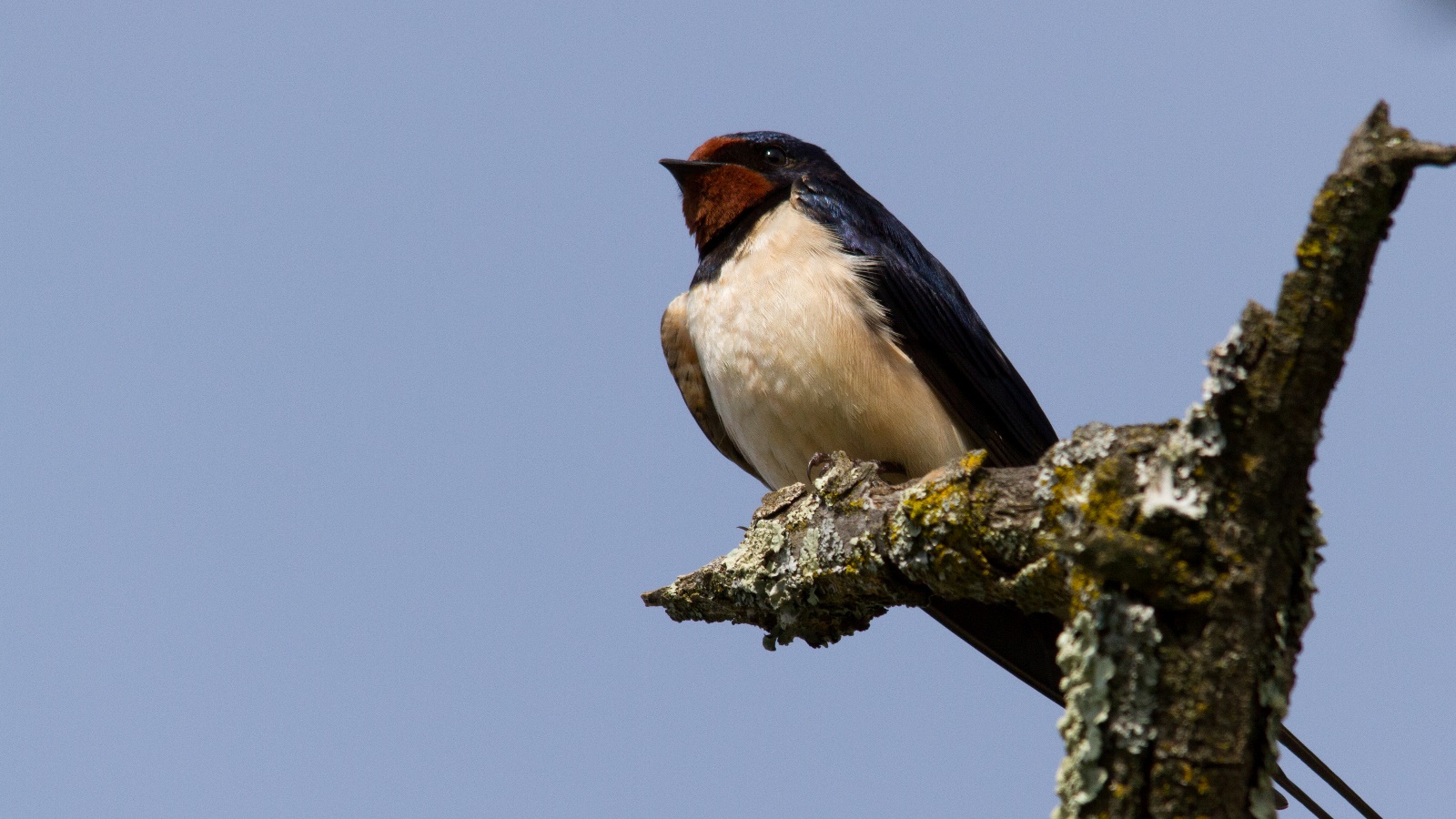How do migratory birds find their way?
A naturalist in the Gulbenkian Garden
Bird migration, one of the wonders of the natural world, is a form of adaptation. Birds migrate to survive, although they are taking risks. “Contrary to what we may have learnt at school, birds don’t migrate to escape the winter cold; they migrate to places where there is a greater abundance of food”, explains Gonçalo Elias, coordinator of the Aves de Portugal (Birds from Portugal) portal.
Every year, around this time, millions of birds cross the planet’s skies on their migratory routes. They are returning to the territories where they will breed in the spring. The diversity of migratory routes and strategies is impressive.
It is believed that wild migratory birds use the stars to guide them, says Gonçalo Elias. “Birds are guided by the sun and the stars. The latter serve as points of reference for many migratory species”, specifically for those which choose to migrate at night, such as insectivorous birds.

However, there are other factors that help birds navigate on their their travels, for example their alignment with the Earth’s magnetic field. There is still a lot to be discovered, although it is believed that “information on migratory routes is written into the genes”. Birds “feel” where they should go, how to get there and fly using their “instinct”.
Also, for species that migrate in groups, in flocks of different sizes, “the young birds follow the adults, imitating what they do”. At this time of year, several species have already started their summer migrations. In Portugal, the first swallows, rufous cuckoos and kestrels have arrived from Africa. These three migratory species are the first to reach Portugal, every year.
The Gulbenkian Garden is an important stopover point during the migrations of various birds such as the nightingales or flycatchers and also a wintering spot for many other migratory species. At this time of year we can observe the arrival of the common swifts and barn swallows, which remain here during spring and summer.


